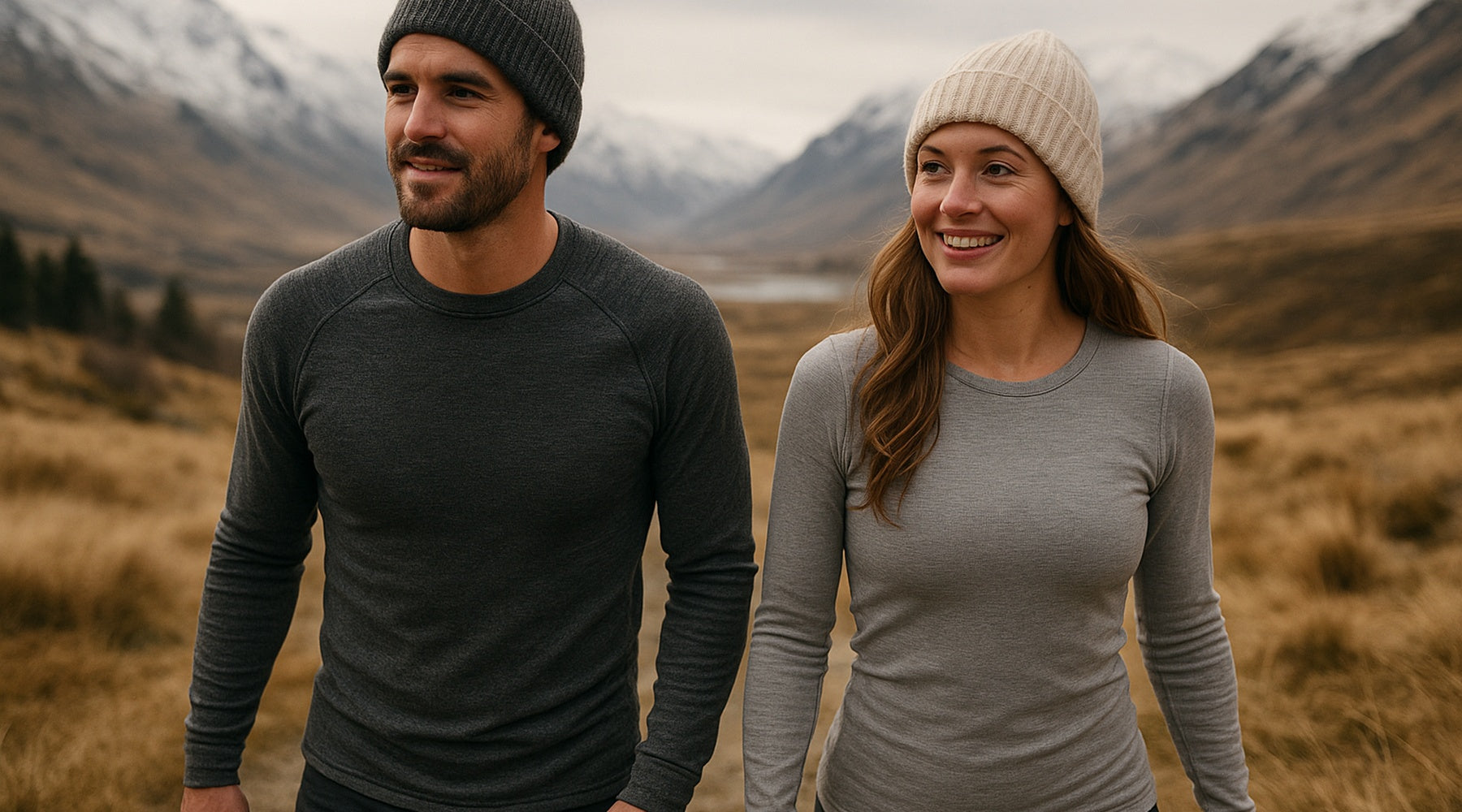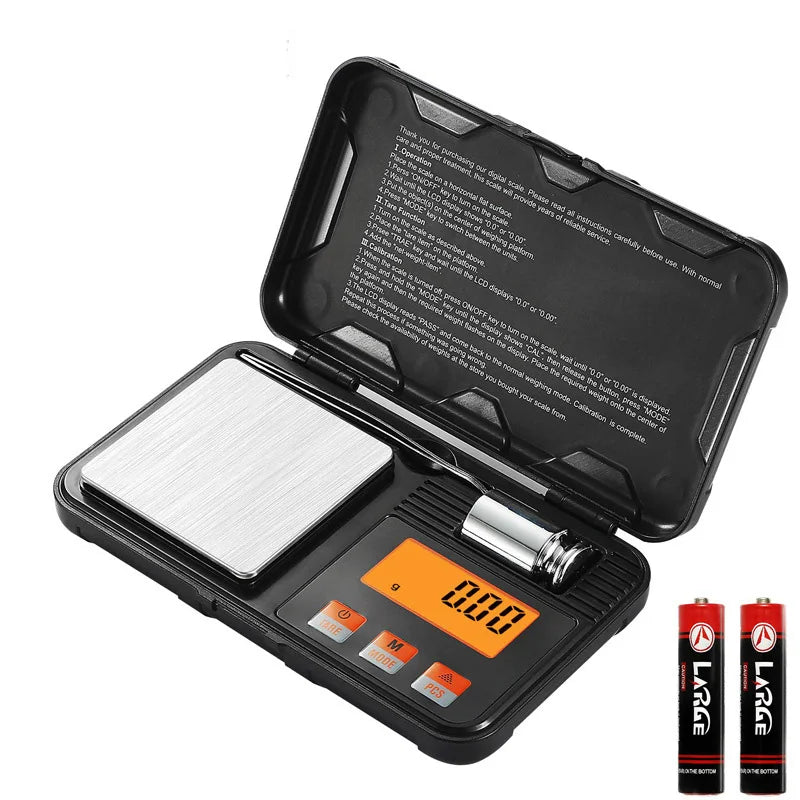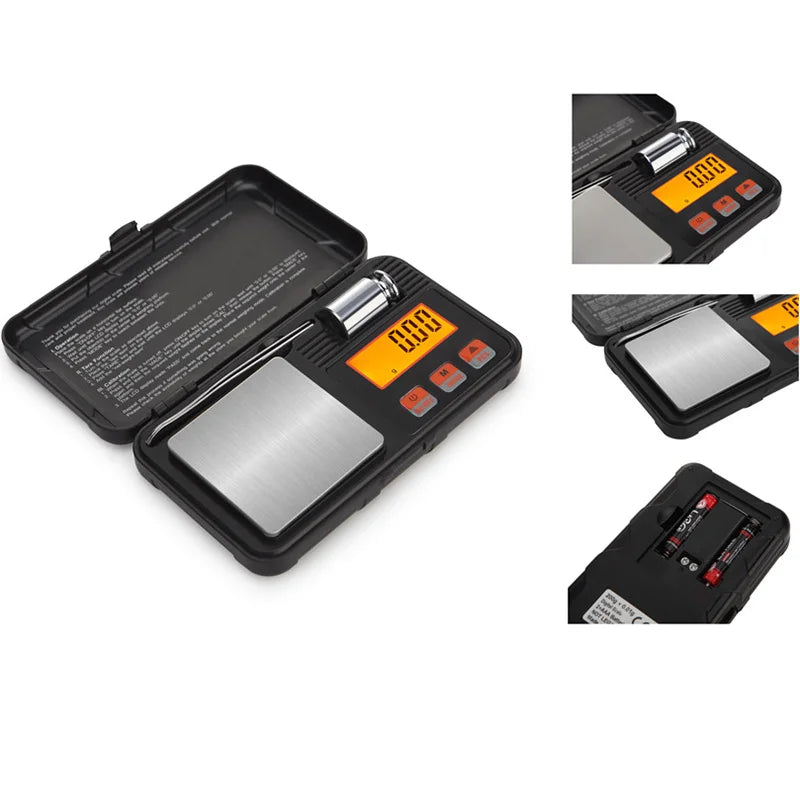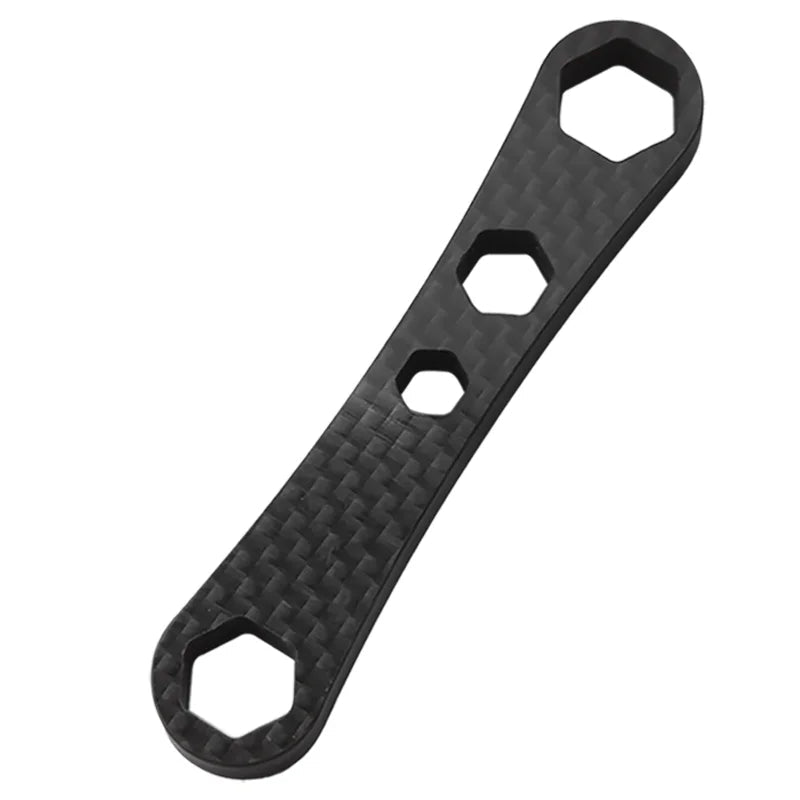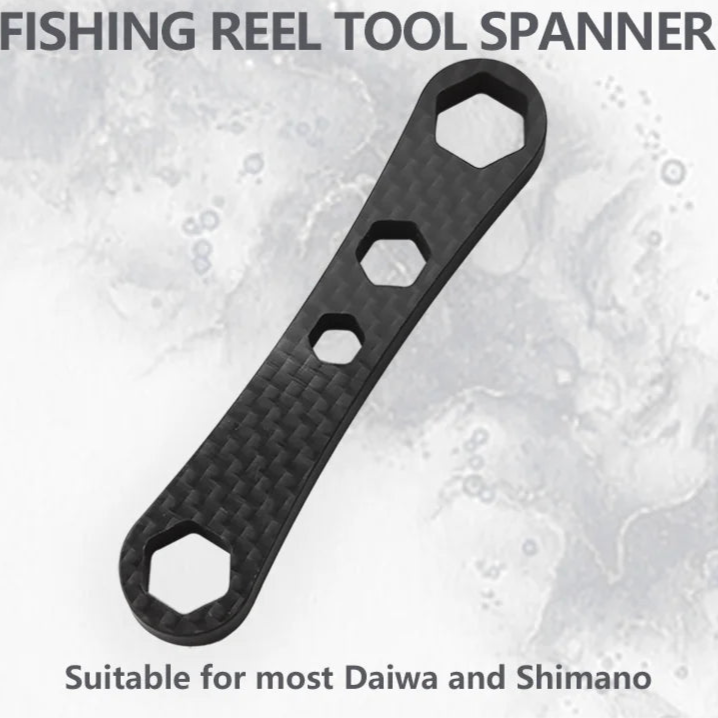Introduction to Thermal Underwear
As winter approaches in New Zealand, staying warm without sacrificing comfort becomes a priority. That’s where thermal underwear steps in. Designed as a base layer worn close to the skin, thermals help regulate body temperature, wick away moisture, and provide insulation in freezing conditions. Whether you're hitting the trails, cycling to work, or simply trying to stay cosy indoors, thermal base layers are a must-have for the season.
Benefit 1: Enhanced Warmth
Comparison of Materials (Merino vs. Synthetic)
The primary role of thermal underwear is to retain heat—and not all fabrics perform equally. Merino wool is a favourite in New Zealand for its natural insulation and temperature-regulating properties. It traps warmth without overheating and remains effective even when damp.
On the other hand, synthetic thermals, such as polyester or polypropylene blends, offer excellent heat retention at a more affordable price point. While not as breathable as Merino, synthetics are ideal for extremely cold, dry environments where moisture isn’t as much of a concern.
Ultra-Warm Features of Modern Thermals
Modern thermal underwear has come a long way from old-school woollen long johns. Today's garments feature brushed fleece interiors, heat-retention panels, and double-layered fabrics designed to maximise warmth without added bulk. These improvements make them suitable for both everyday wear and high-performance outdoor use.
Benefit 2: Moisture Management
Quick-Dry Technologies
One of the key features of high-quality base layers is their ability to wick sweat away from the skin. Quick-dry fabrics prevent moisture buildup that can lead to chill, discomfort, and even hypothermia in extreme cases. Look for thermals with hydrophobic fibres that pull sweat away from your skin and evaporate it rapidly.
Importance of Breathability in Base Layers
Breathability ensures you stay dry as you warm up. Whether you're hiking in the Southern Alps or commuting in layered clothing, breathable thermal underwear prevents overheating by allowing airflow while still insulating against the cold. Merino thermals shine here, offering natural odour resistance and long-lasting comfort during active use.
Benefit 3: Comfort and Fit
Differences Between Men’s and Ladies Thermal Underwear
Thermal underwear should fit snugly to trap body heat effectively, but not so tightly that it restricts movement. Men’s thermals typically offer a broader cut through the shoulders and longer torsos, while ladies' thermal underwear is shaped for a closer fit around the waist and hips, ensuring better layering and comfort.
Options for Compression Base Layers
Compression base layers are popular among athletes and outdoor enthusiasts for their muscle support and circulation benefits. These thermals reduce fatigue and help with recovery while still providing essential warmth. They're an excellent choice for high-intensity winter activities.
Benefit 4: Versatility for Activities
Winter Fleece Options for Outdoor Enthusiasts
Thermals aren’t just for alpine treks. For hikers and campers, fleece-lined thermal sets offer extra warmth without the need for bulky outer layers. These are especially effective under waterproof shells or windbreakers, making them perfect for unpredictable New Zealand weather.
Ideal Choices for Cycling Base Layers
Cyclists benefit from lightweight, breathable thermals that offer wind resistance and sweat management. Look for base layers with flat seams to avoid chafing and a longer back to keep the lower spine covered during rides. Synthetic blends with mesh panels are a great option here.
Benefit 5: Layering for Extreme Conditions
How to Layer Thermal Underwear Effectively
Thermals work best as the first layer in your winter kit. Start with a moisture-wicking base, add an insulating mid-layer (like a down vest or fleece), and finish with a waterproof or windproof outer shell. This three-layer system ensures flexibility and protection from sudden temperature changes.
Tips for Choosing the Right Thermal Layer
- Material Matters: Choose Merino for breathability, synthetics for high-output activities, or blends for all-round use.
- Check GSM Rating: Heavier GSM (grams per square metre) thermals provide more warmth—ideal for cold snaps and alpine use.
- Prioritise Fit: Slim, close-to-body fits are best for layering and thermal efficiency.
Final Thoughts
From icy commutes to alpine adventures, thermal underwear in NZ is a smart investment in comfort, performance, and health. With advancements in fabric technology and fit, today's thermals offer unmatched warmth, moisture control, and versatility—making them a winter essential for men and women alike.
Whether you’re gearing up for snow sports or just layering up for a crisp morning walk, the right base layer can transform your cold-weather experience.
At HOOK LINE SINKER, we offer high-quality BASE LAYERS for every part of your outdoor adventure
Happy fishing! 🎣

